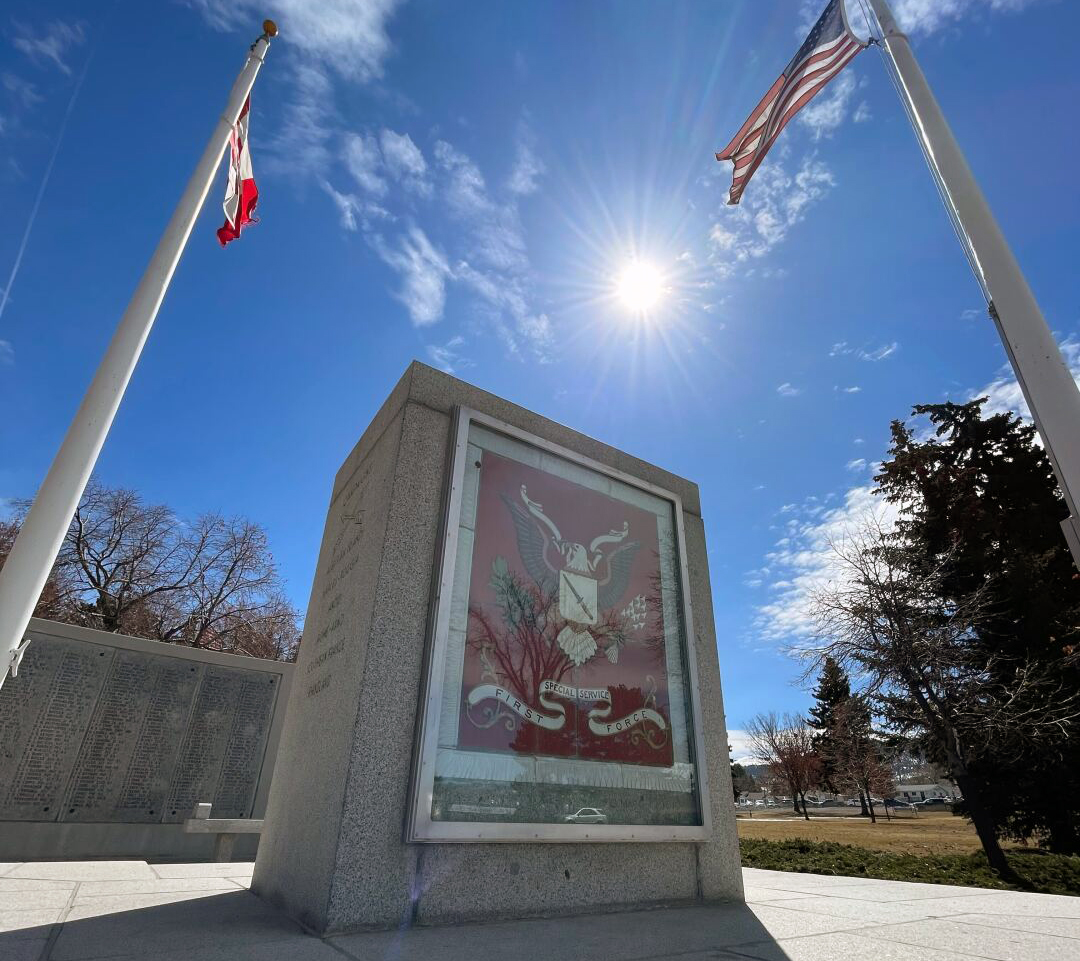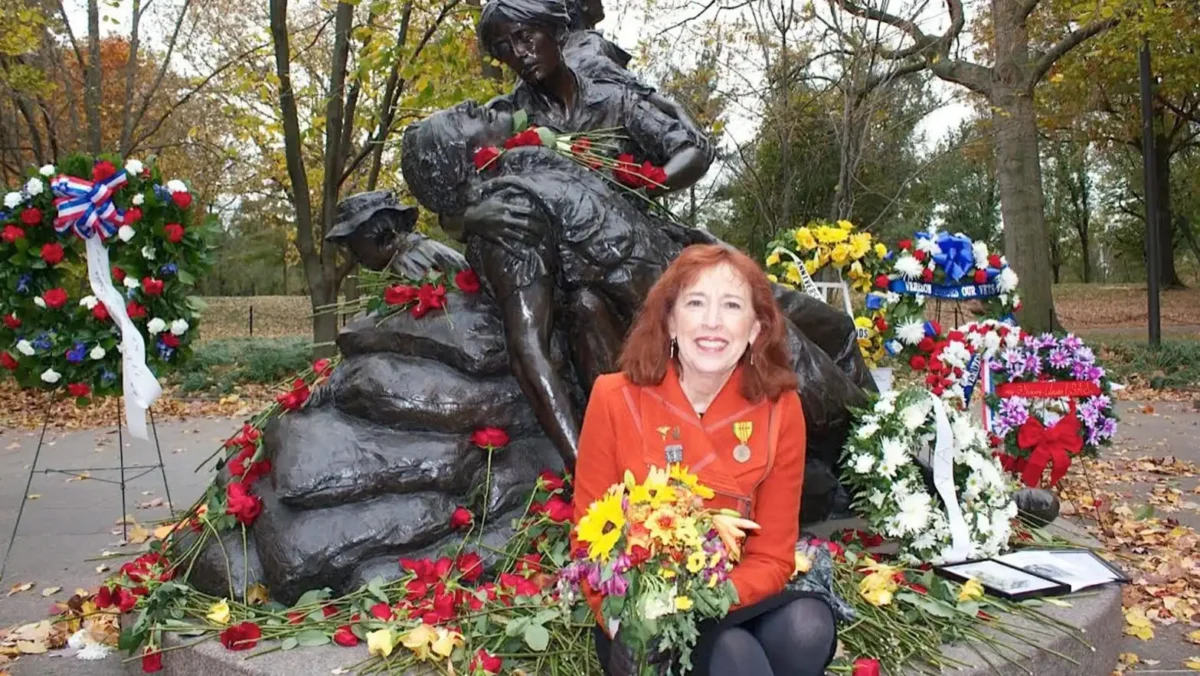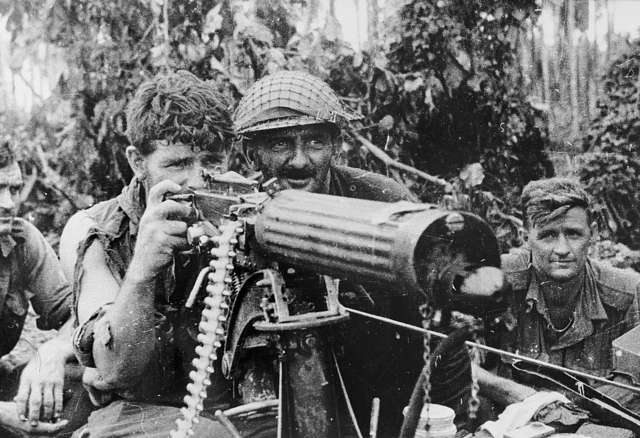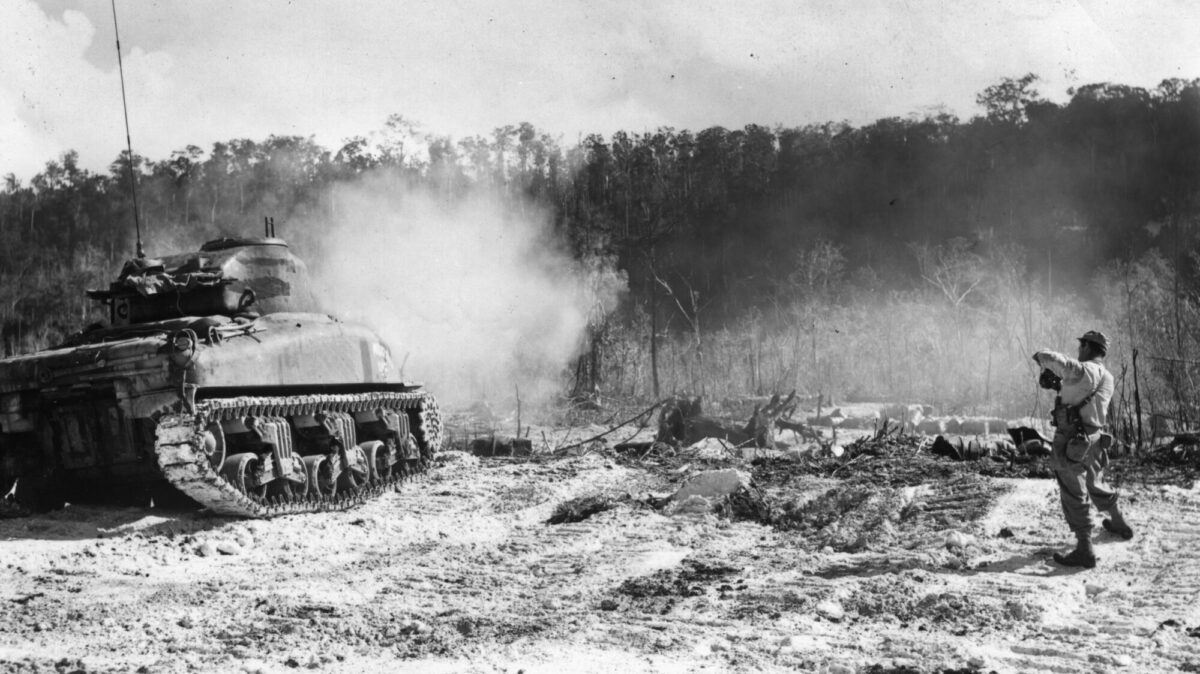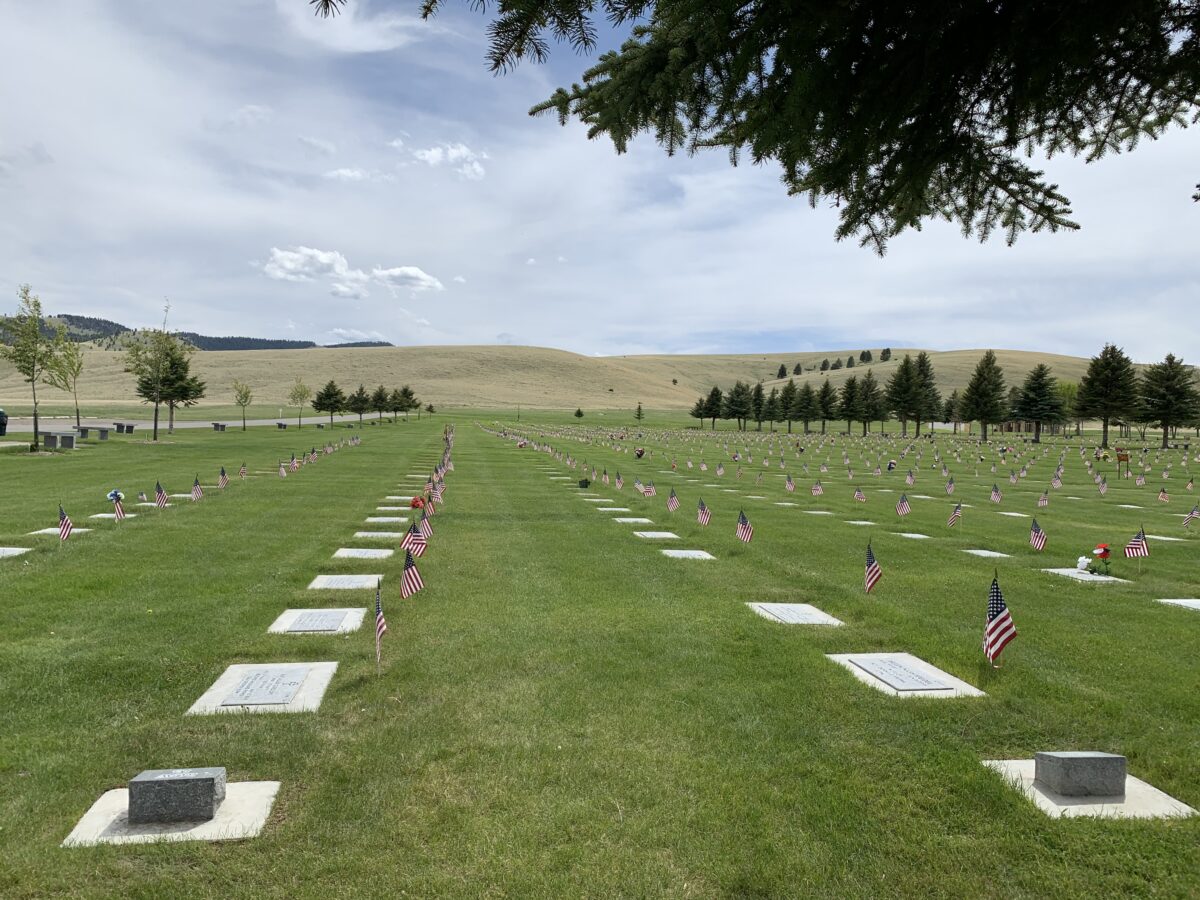JANUARY 13, 2025
WHEREAS, in 1919, the Montana Legislature passed a bill that legalized boxing in Montana providing that a certain portion of the net proceeds of boxing matches should go for the benefit soldiers, sailors and marines. The Boxing bill generated in the following years $48,000 placed in a fund for the construction a Veterans Memorial building, and;
WHEREAS, as a result of this bill the fund was started with a landfall from the Dempsey-Gibbons championship fight at Shelby, Montana July 4, 1923, proving nucleus around the ideas of the veterans’ building was formed, and;
WHEREAS, from that day forward the bill provided that a percentage of admission to boxing matches to include the nationally televised Fulmer-Giardello championship fight held in Bozeman in 1960 which added $5,000 to this fund, and;
WHEREAS, the enabling Act by which the State of Montana was created provided that certain income from lands given to the State by the U.S. Government should be used for erecting public buildings at the state Capitol. This income went into the Capitol Building Land Grant Fund. It was from this fund that the greater part of the principal and interest in the new building was paid, and;
WHEREAS, the first legislature approving the erection of a veterans and pioneers building was in 1923. It was hoped that people would voluntarily donate money to erect the building; however, that did not materialize, and;
WHEREAS, the Act finally passed by the Legislative Assembly in 1941 was the one that really set in motion the program for the erection of the veterans and pioneers building, and;
WHEREAS many veterans’ and pioneer groups worked towards the promulgation of the program, to include the Montana Pioneers, the Veterans memorial Fund Commission established in 1941, the Spanish War Veterans established 1900, the Veterans of Foreign Wars, established around 1936, the Disabled American Veterans, established in 1932, and Th Americn Legion established in 1919, with Veterans’ at large representative, and;
WHEREAS, the chief problem was how to build, and where to get the funds for a veterans and pioneers building. It was decided to earmark certain funds in the Capitol Building Land Grant fund, with none of the funding being used for any purpose except building, and;
WHEREAS, after several meetings among interested groups, the Montana Pioneers, the Sons and Daughters of the Pioneers, the Spanish War Veterans, the World War I Veterans of Montana, the Americn Legion of Montana, the Veterans of Foreign Wars, Disabled American Veterans decided to combine forces to erect building to be known as the Montana Veterans and Pioneers Memorial Building, and;
WHEREAS, not only the funds earmarked from Capitol Land Grant Fund but also the amount the veterans had on deposit in the State Treasury from the Boxing fund, the latter being used for items which could not be purchased from the Land Gant Fund, and;
WHEREAS to decide whether these funds could be co-mingled, a test case was taken to the Supreme of Montana. The decision of the Court that funds could be co-mingled was a major contribution towards achievement of the desired objective, and;
WHEREAS, finally in 1941, the Legislative Assembly passed an Act to be known as the “Montana Veterans and Pioneers Memorial Building.” The Act also provided for bonds to be issued in the amount of $250,000 and that there be a available for funds the bonds all money in the Veterans Memorial fund from the proceeds of boxing and sparing matches, and the remainder of the money for the repayment of the principle of the bonds and interest from the Capitol Building Land Grant fund, and;
WHEREAS, plans were immediately made to issue bonds in the sum of $250,000, however with Word War II starting the Programs temporarily stopped, and;
WHEREAS, the costs were materially increased during World War II an Act passed by the 1945 Legislative Assembly the amount earmarked for the building was increased from $250, 000 to $400,000, and;
WHEREAS, in 1948, the Sonds and Daughters acquired a tax sale deed on 63 lots just east of the Capitol Build, then given ceremoniously to the State of Montana by this group towards the erection of a new building and provision of a site, and;
WHERAS, the architect approved by the Board of Examiners in 1948, and likewise the Veterans and Pioneers organizations was A.V. McIver of Great Falls, Montana, and;
WHEREAS, then Governor John W. Bonner, a World War II veteran and Legionnaire, in in his message to the 31st Legislative Assembly in 1949, endorsed the Montana Veterans and Pioneers Memorial Building and recommended that there be set aside for the building an additional $350,000, bringing the total to $750,000.
WHEREAS, competitive grants was awarded to Carson Construction Company in 1950 and the building was completed and occupied in January 1951 by the Montana Department of the American Legion, the Montana Department of the Veterans of Foreign Wars, the Montana Department of the Disabled Americans, the Montana Veterans of Spanish-American War, World War Veterans, and the 163rd Infantry Regiment of World 1 and World War II famous well as the Mont Pioneers groups as the outstanding example of the strong heritage of Montana’s legendary Veterans and Pioneers, and;
WHEREAS, the Montana Veterans and Pioneers Memorial Building built just east of the Capitol Building with new quarters furnishing badly office and exhibit space for the Montana Historical Society (established in 1864) to include security vault space and a good-sized meeting Room known as the Boo Room, and;
WHEREAS, a Trophy Room was provided for the use of the Veterans organizations for the display of storied Montana military heritage to be supplied by the veterans organizations and veterans of Montana who were encouraged to loan or donate items for display in coordination with the State Historical Society and Library to determine on which military artifacts would make up a complete collection and once selected would be then displayed in specially built display cases, and;
WHEREAS, the Montana Veterans and Pioneers Building was formally dedicated on August 24, 1951. On that date members of Helena’s veterans’ organizations paraded the National, State and Service colors to the speakers stand’ and the municipal band played the National Anthem. Lester H. Lobel, then serving as the Chamber of Commerce president and former judge, and state legislator called the building a quarter century come true. Governor Bonner cited the Memorial Building as symbolic in appreciation and immense pride in Montana’s Veterans and Pioneers. Others also the highest praise for those who worked with unswerving zeal towards attainment of such an expedient objective and cited the building as a shrine to preserve the records of sacrifices and courage of our veterans and pioneers, and;
WHERAS the configuration of the four floors in the Memorial Building was as follows: The ground floor of the building consisting of a museum and gallery of art, the microfilm department and museum workshops. On the main floor was the formal museum, the Charles M. Russell room, art gallery and offices. The Montana Historical Library and historic stack areas were located on the second floor; and top floor is given over entirely to veterans’ offices, a meeting room and military Trophy hall. The first three floors were occupied by the Montana Historical Society, and;
WHEREAS, the Trophy Hall was controlled by the Montana department of the American Legion who undertook the primary role of assembling the collection. This development began in earnest in 1957 under the supervision of Department Adjutant General “Chet” K. Shore, and;
WHEREAS, the room was dedicated on Memorial Day 1958 with work continuing to add to and display the military heritage of Montana under Adjutant Shore’s supervision. He received numerous recognitions until his retirement in 1969.
WHERAS, on December 6, 1964, Legionnaire Tim Babcock, Associate Justice Stanley M. Doyle, and Department Adjutant Shore, the “Trophy Hall” was dedicated by the late Governor Donald G. Nutter and legionnaire on January 20, 1962, five days before the fatal airplane crash that took his life. In 1963 the State Legislature passed a joint resolution naming the hall in honor of the Late governor and Chet Shore as the Chet Shore & Governor Nutter Room. This resolution was passed through the efforts of the American Legion of Montana, and;
WHEREAS, the Fourth floor served as Veterans’ and Pioneers offices, security vaults, meeting rooms and military exhibits are from 1953 to 2001, when the existing Montana Veterans Offices initiated by the Montana Governor’s Office, the Montana Historical Office and the Department of Military Affairs to move the existing Veterans location (American Legion, VFW, and DAV0 to Fort Harrison and into the newly designed wing of the Helena Armed forces Center.
This was accomplished through a series of meetings culminating in an agreement of all parties to proceed. The Top Floor displays in the Chet Shore-Governor Nutter Room and the 163rd Infantry Regiment Offices were to stay in place. There was never an agreement to move them on the future, and;
WHEREAS, Montanans have supported, fought and have died and or have been wounded in all theaters of Wars and conflicts since 1864 to the present as stated in Joseph Kinsey Howards, Book, “High, Wide, and Handsome” which was “Proportionately near the top of all States. In World War II as in World War I, Montanans were quick to enlist and they were healthy, the proportion rejected because of physical defect, was smaller than the national average . Further the Montana Death rate in World War II was only exceeded by that of New Mexico in proportion to population. Montana had the record of oversubscribing first place in eight World War II Saving Bond drives-“’
THEREFORE BE IT RESOLVED by the 69th Legislative Assembly of the Montana Legislature that the Past Adjutant Chester “Chet” K. Shore- Governor Donald G. Nutter Room and the 163rd Infantry Regiment Room and vault space be restored retained on the Fourth Floor of the Veterans and Pioneers Building in accordance with Statutory Authority contained in Montana Code annotated, Title 22, Libraries, Art and Antiquities, Chapter 3, Antiquities , Part 3, Veterans’ and Pioneers’ Memorial Building. Specific reference to Paragraph 22-3-02 Use of the Building and Paragraph 22—20 Gifts for the Building.

